A Gowanus Shelter for the Animals of Brooklyn
The ASPCA was very popular with Brooklyn’s philanthropists, so when they needed a larger building they received generous donations towards a new facility.

Editor’s Note: This post originally ran in 2014 and has been updated. You can read the previous post here.
The American Society for the Prevention of Cruelty to Animals was founded in Manhattan in 1866. It was established by Henry Bergh, and is the oldest animal protection society in the Western Hemisphere. Bergh believed that animals were entitled to respectful and kind treatment at the hands of people, and had to be protected under the law from those who acted differently.
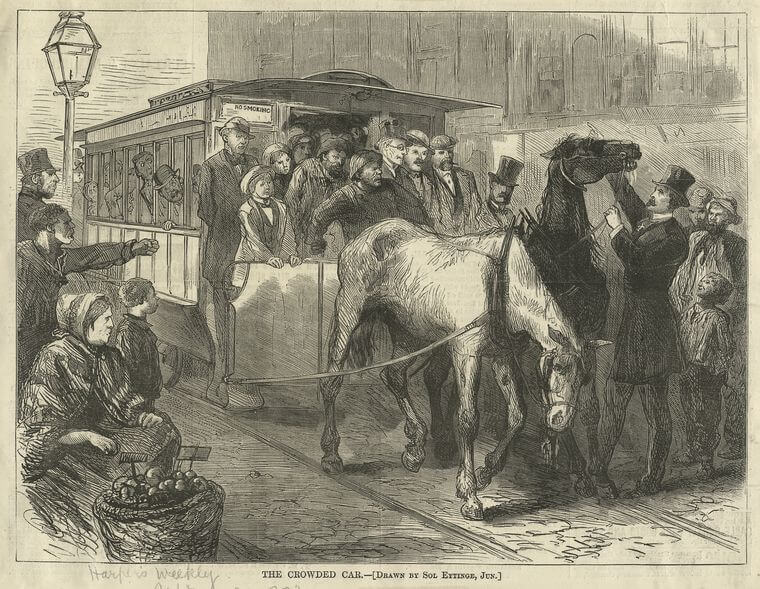
His initial efforts were in protecting horses from abuse, as well as trying to reform slaughterhouses and stop cock fighting. His cause was soon taken up by many. Only nine days after officially announcing his organization, Bergh was able to get the first anti-cruelty laws passed by the City.
The laws enabled the ASPCA to enforce those anti-cruelty laws, and with only a staff of three, the organization set out to do so, concentrating at first on those who abused horses and livestock. In 1867, they had special ambulance wagons for aiding and rescuing horses on the city streets, and also for rescuing cats, dogs and pigeons. By the time Henry Bergh died in 1888, 37 of the 38 states in the Union had ASPCA chapters and anti-cruelty laws on the books.
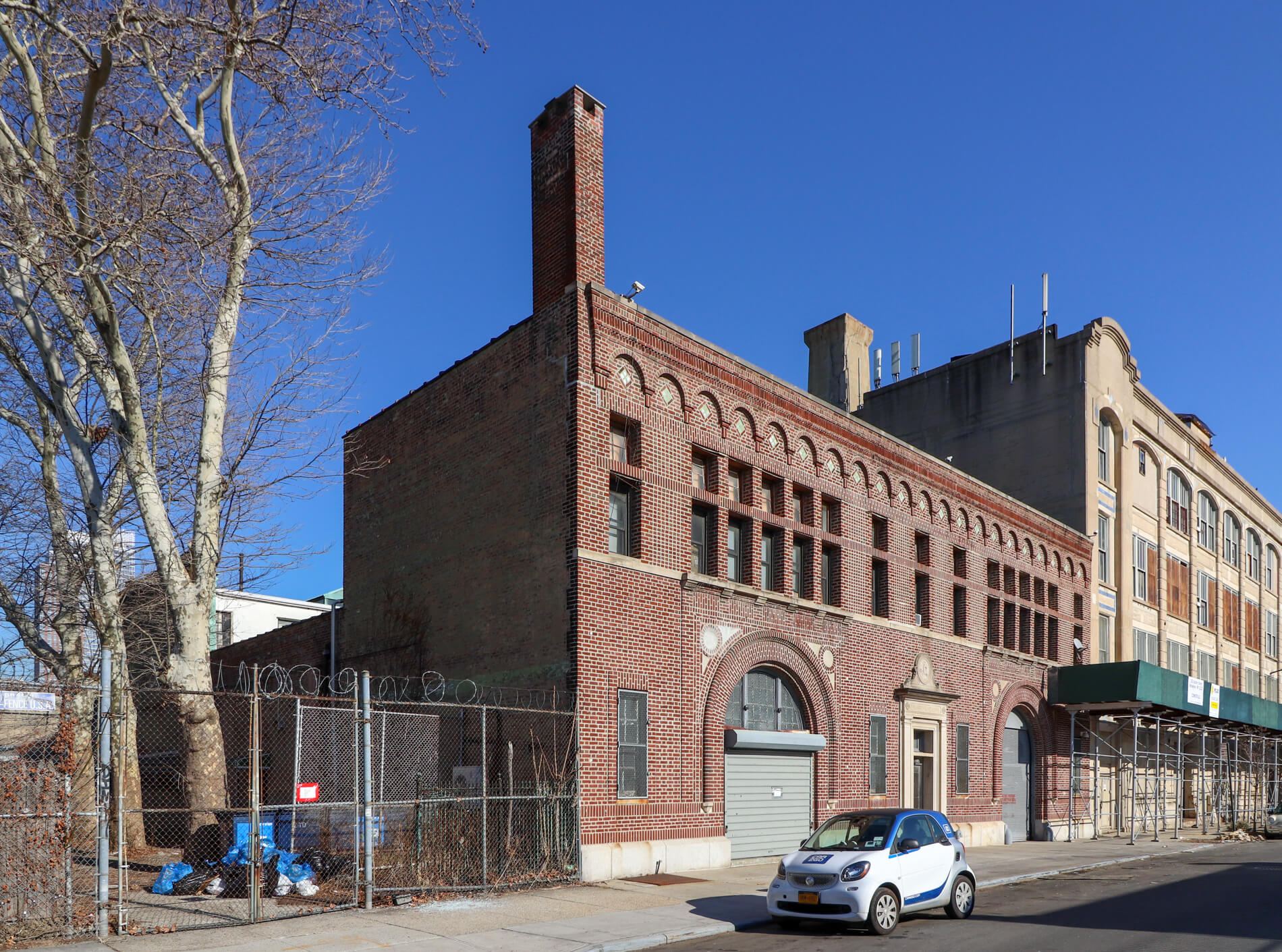
Brooklyn opened its first chapter soon after Mr. Bergh established the Manhattan organization. He was a frequent speaker in Brooklyn, and often testified in matters of animal cruelty in Brooklyn. One such case in 1870 was regarding the sale of “swill milk” in Brooklyn. This was poor quality, contaminated milk produced by Brooklyn cows kept in inhumane conditions in the city, and then sold mostly to the poor.
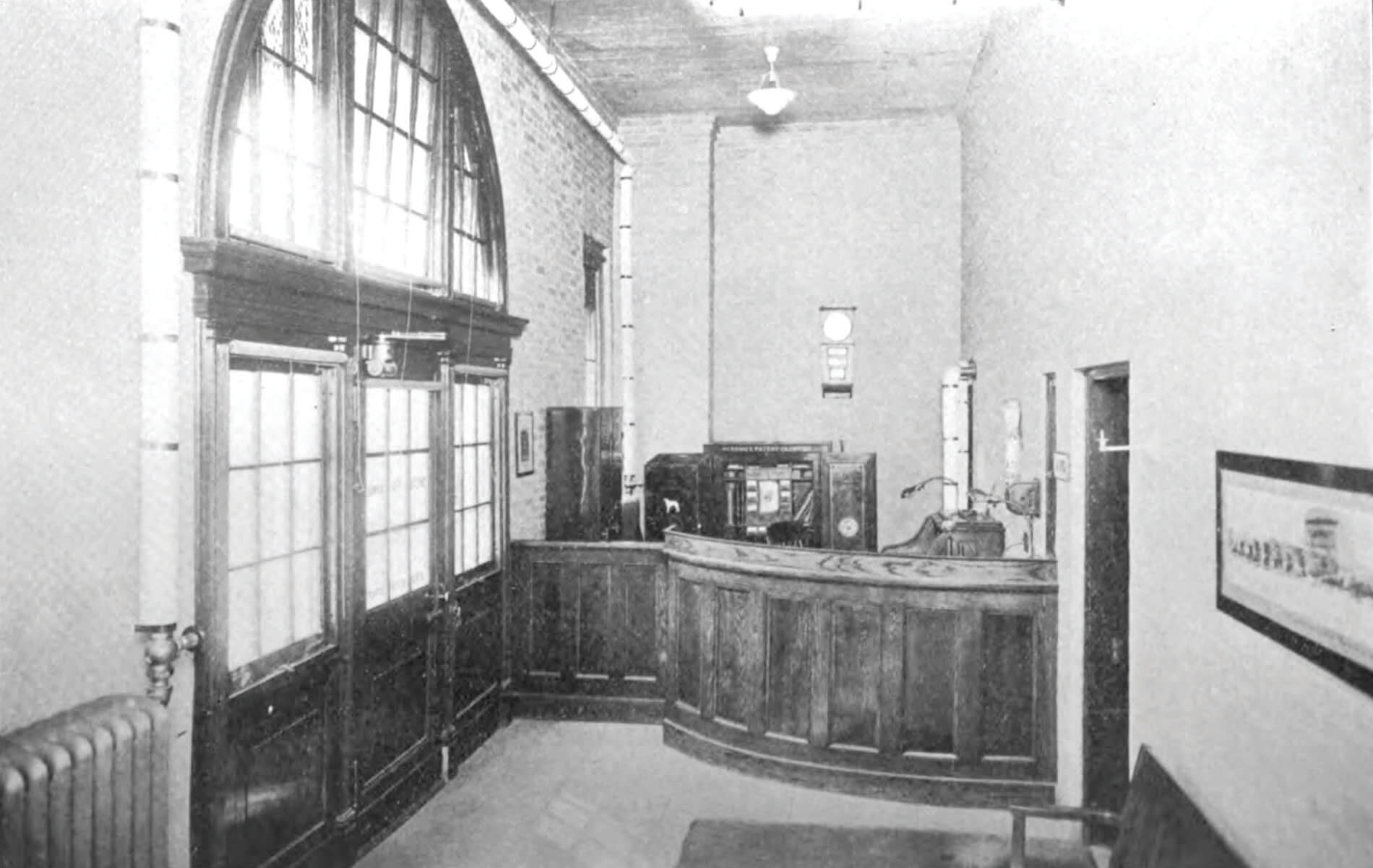
The first office of the ASPCA in Brooklyn was at 162-164 Carlton Avenue. They then had an office at 114 Lawrence Street, and it was from that location that they moved to 233 Butler Street in 1913. The Society was very popular with Brooklyn’s philanthropists, so when they needed a much larger building, they were fortunate enough to receive generous donations towards a new facility that would enable them to take care of Brooklyn’s abused and abandoned animals.
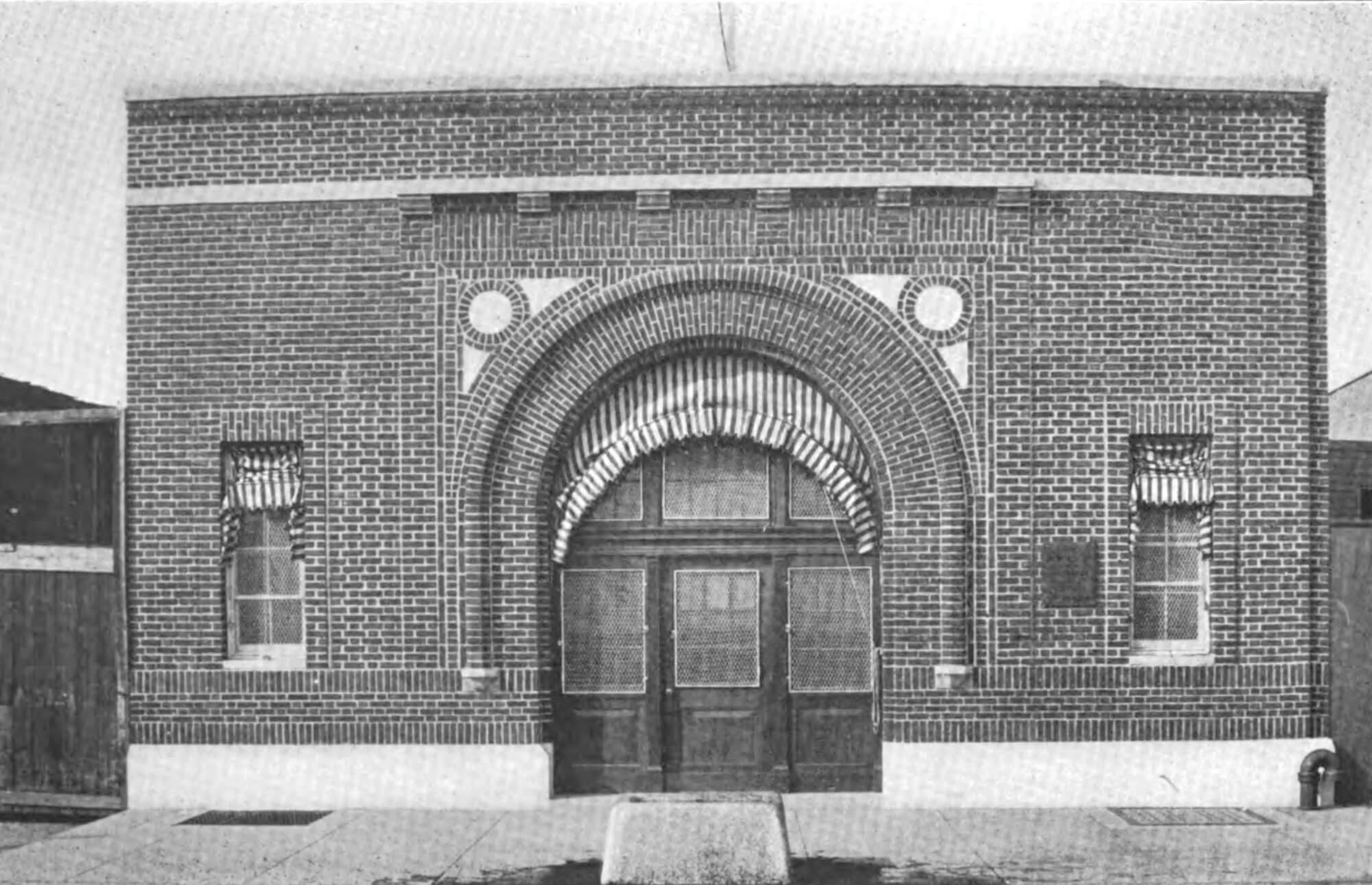
The Society engaged the services of the architectural firm of Renwick, Aspinwall & Tucker. The firm was the successor to James Renwick, one of the 19th century’s most important and influential architects.
William Renwick was James’ nephew. His partners were James Lawrence Aspinwall and Fitz Henry Faye Tucker. Aspinwall was related to James Renwick by marriage. He and William Renwick were with the senior Renwick’s firm when James died, in 1895.
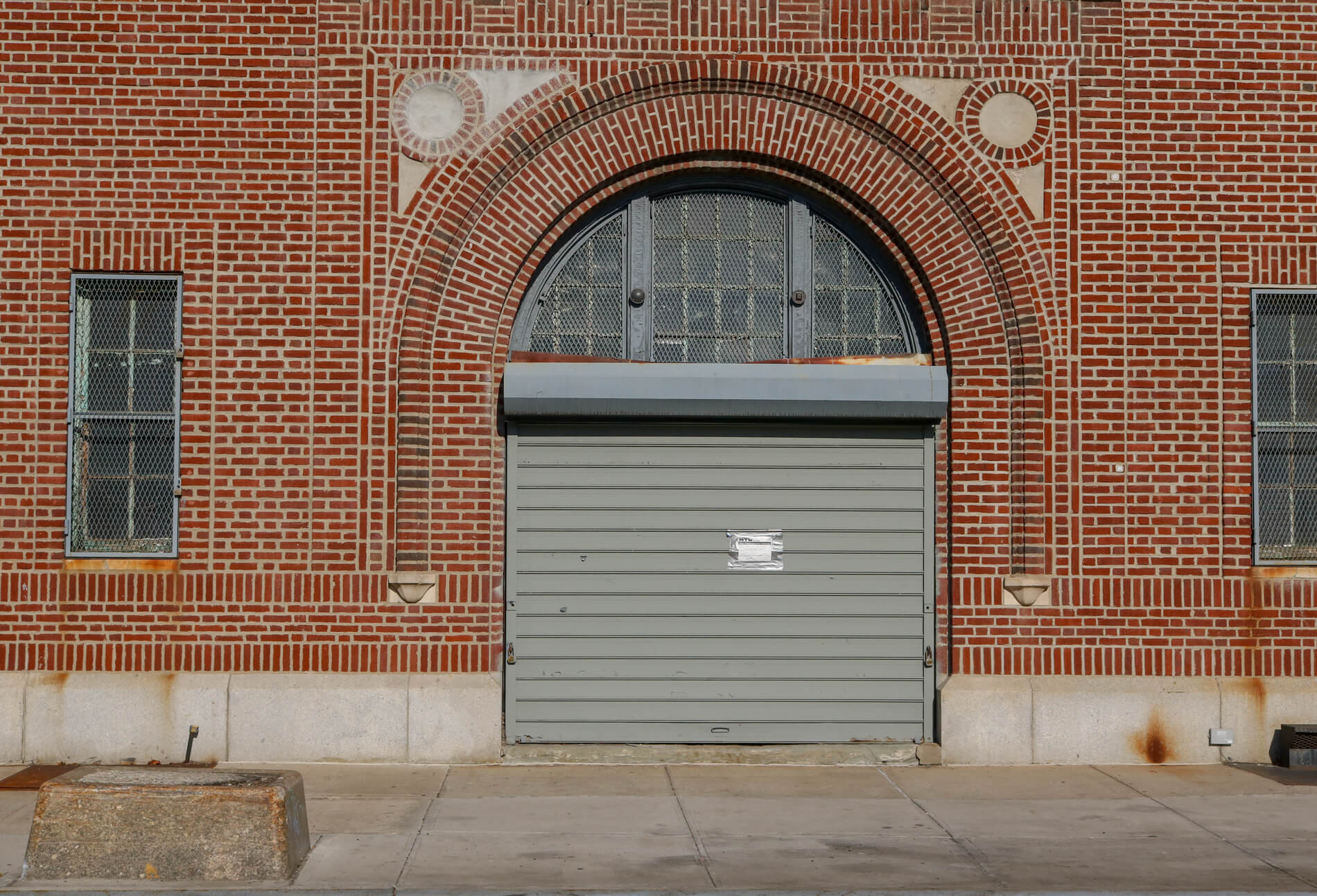
Both were partners prior to James Renwick’s death, and both were independently fine architects. Not much is known about Tucker. The firm designed several of Manhattan’s most impressive early skyscrapers, including the landmarked American Express Building at 65 Broadway, which was designed by Aspinwall.
William Renwick continued the family tradition of fine Gothic Revival architecture by designing the Neighborhood House for Grace Church (Episcopal) on 13th and Broadway. That church was designed by James Renwick in 1846.
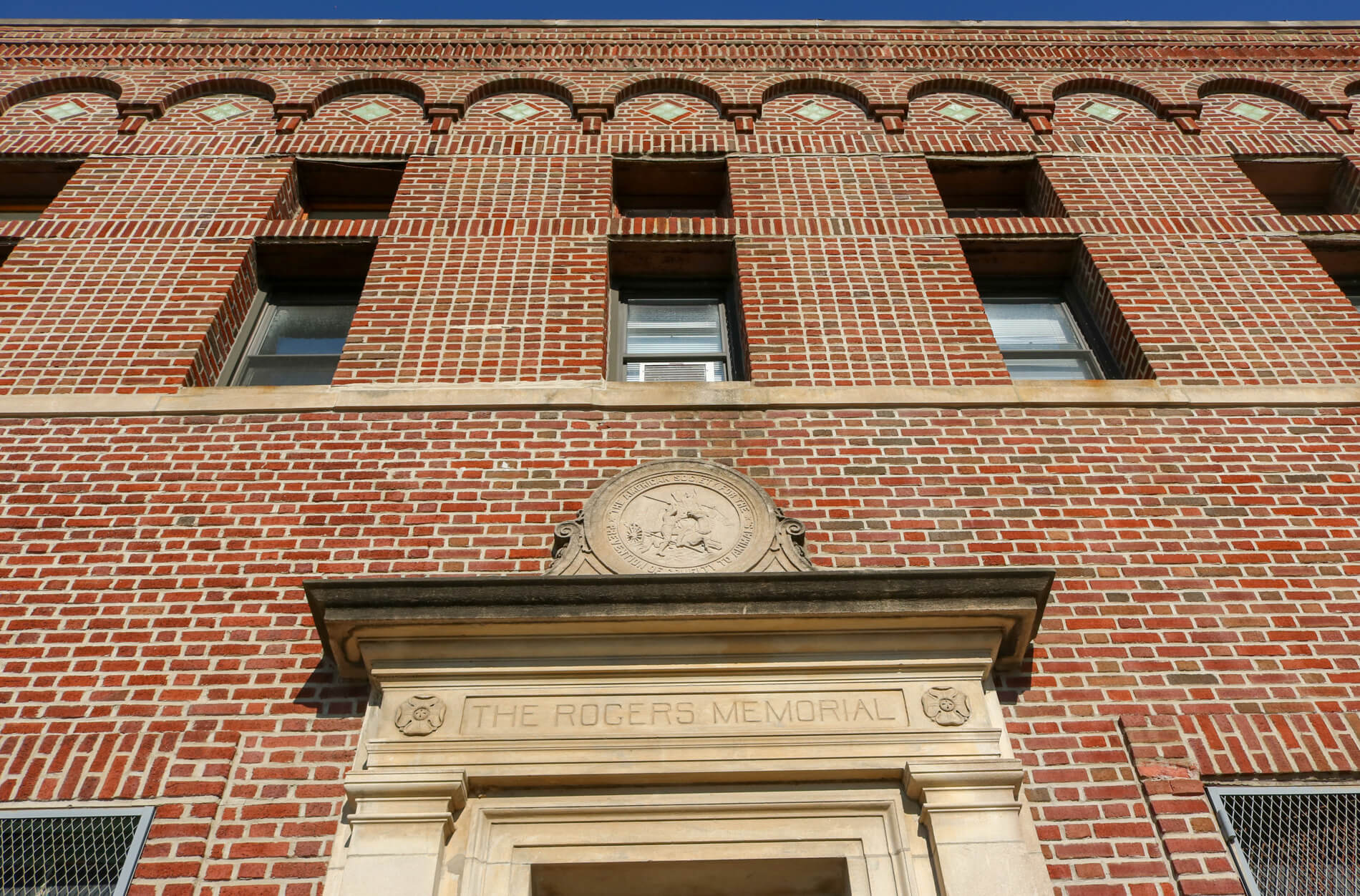
Much of the money for the ASPCA building came from the Schermerhorn and Bowdoin families. Mrs. Edith Bowdoin, in addition to funding the construction of the building, also donated a granite horse trough that still stands in front of the building, although it has long ago been filled in. It must weigh a ton, and isn’t going anywhere.
Renwick et al designed a modest looking, but substantial building which ended up being larger than the ASPCA’s new shelter in Manhattan. Brooklyn rules! It had a formal lobby and a reception room.
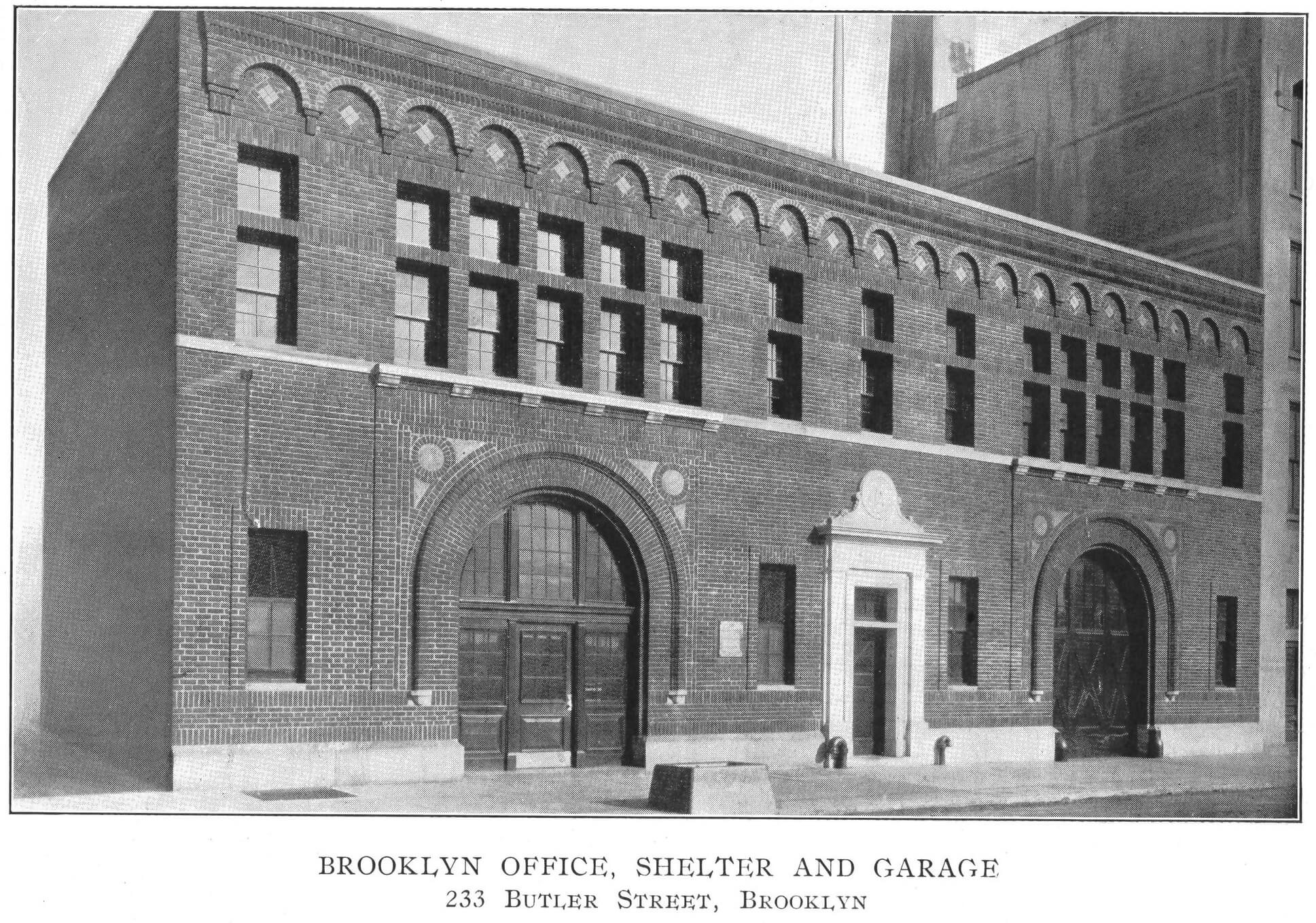
Despite its size, Sanborn maps show, by 1922 the building was expanded. It appears as if the original building, with its central arched brick entrance, was duplicated to the east. A doorway topped by the ASPCA seal was placed between the twin buildings. The building was also expanded upward, with one additional story topped by a cornice of brick arches.
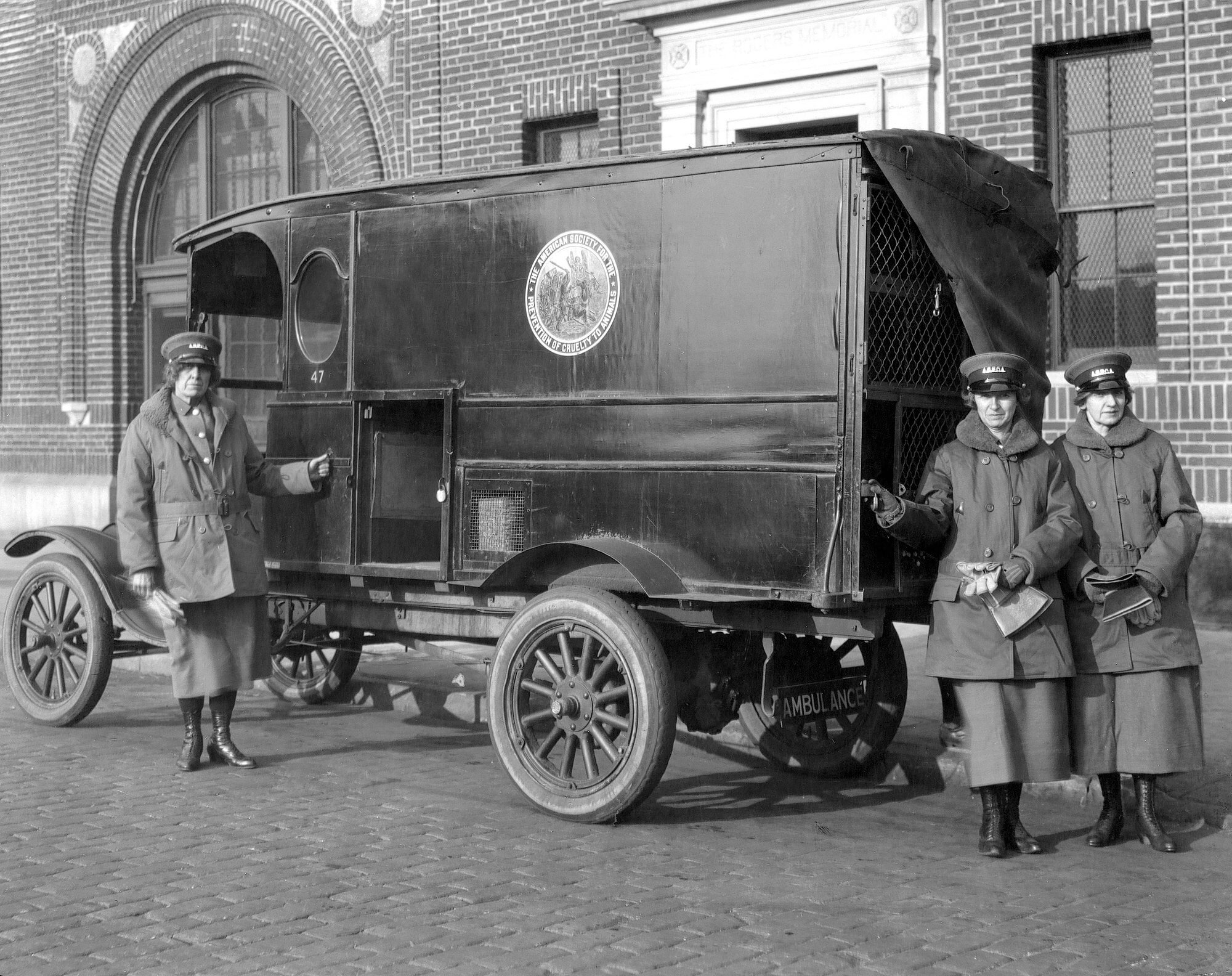
Although there were still plenty of horses in the city who often needed care, they were fast being replaced by trucks. Their first motorized rescue “ambulance” was a truck with a horse trailer that could rescue injured and maltreated horses.
Most of the ASPCA’s attention was now with smaller domestic animals like cats and dogs, along with occasional exotic animals like monkeys and snakes. As time passed, the horse drawn ambulance was replaced by a motor vehicle, which could carry cats and dogs and other small animals to the shelter. The roof of the new building was designed with a terrace that also functioned as a dog run. As a national and local organization, the ASPCA was a leader in veterinary medicine.
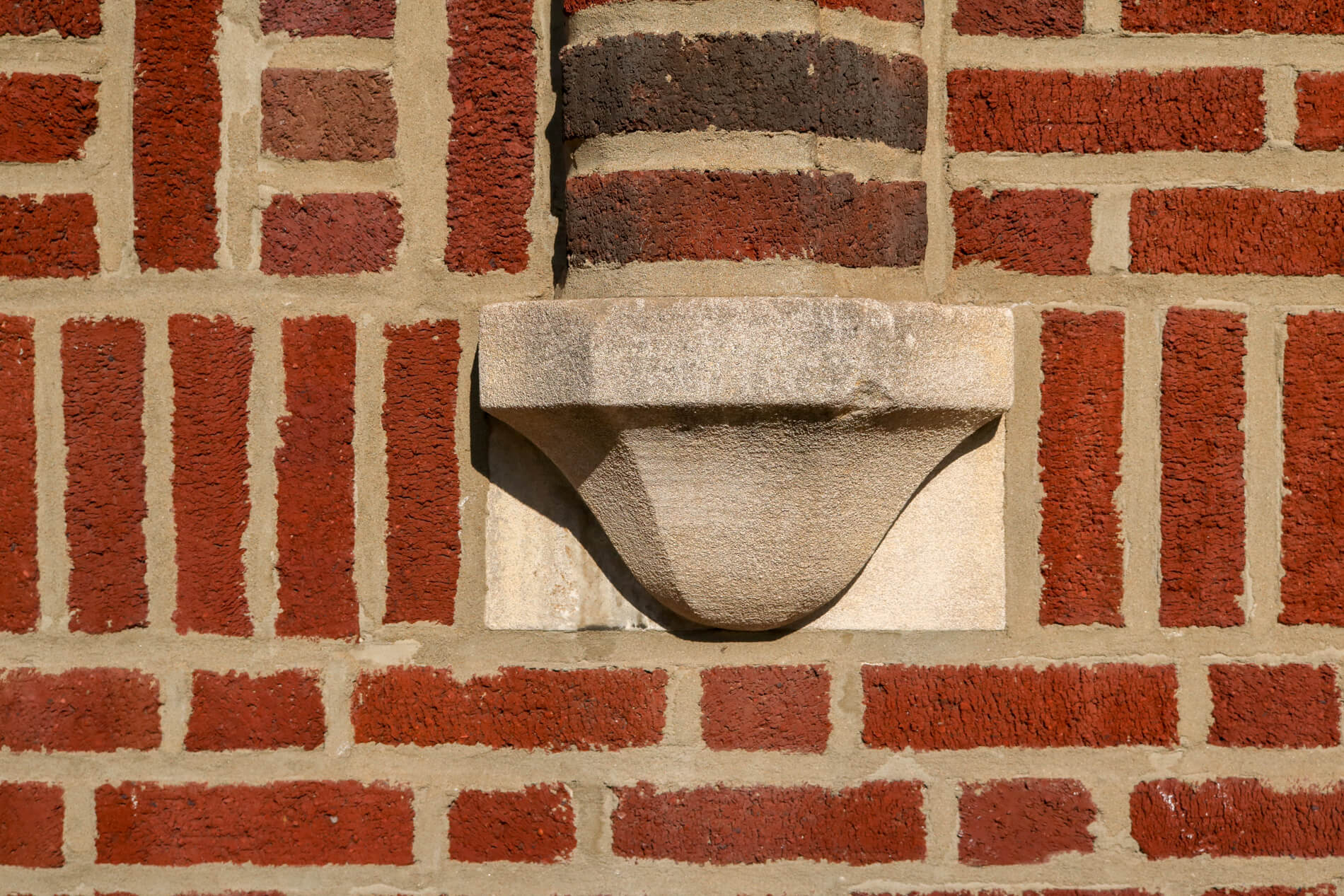
For the next 66 years, this was the Brooklyn headquarters and shelter for the ASPCA. Pet adoptions took place here, and Brooklynites could also report animal abuse and turn in abandoned animals. They ran programs for children, with drawing and essay contests about taking care of and respecting all animals, and sponsored adult lectures, as well. The office could also issue dog licenses, and had a veterinary clinic.
In 1979, the ASPCA moved out of this facility. The organization is now located in Manhattan, with mobile spay and neuter clinics. Their Brooklyn facility on Linden Boulevard in East New York is now a part of New York City’s Department of Animal Care and Control.
The Butler Street building is one of many Gowanus properties in the midst of transition. Plans were filed in 2017 to convert the building into a retail and restaurant venue. According to the Department of Building records the first floor dog kennel space will become a cafe while elsewhere in the building there will be a taproom and commercial space. The existing tenant, RetroFret Vintage Guitars, will be staying put with instrument sales and repair spaces on the first floor and offices above, plans show.
Related Stories
- An Industrial Building, the Gowanus Station, Surprises With Terra-Cotta Flourishes
- This Gowanus Factory Has History All Boxed Up
- Here’s What Gowanus Looked Like When It Was Occupied by a Massive Pond
Email tips@brownstoner.com with further comments, questions or tips. Follow Brownstoner on Twitter and Instagram, and like us on Facebook.


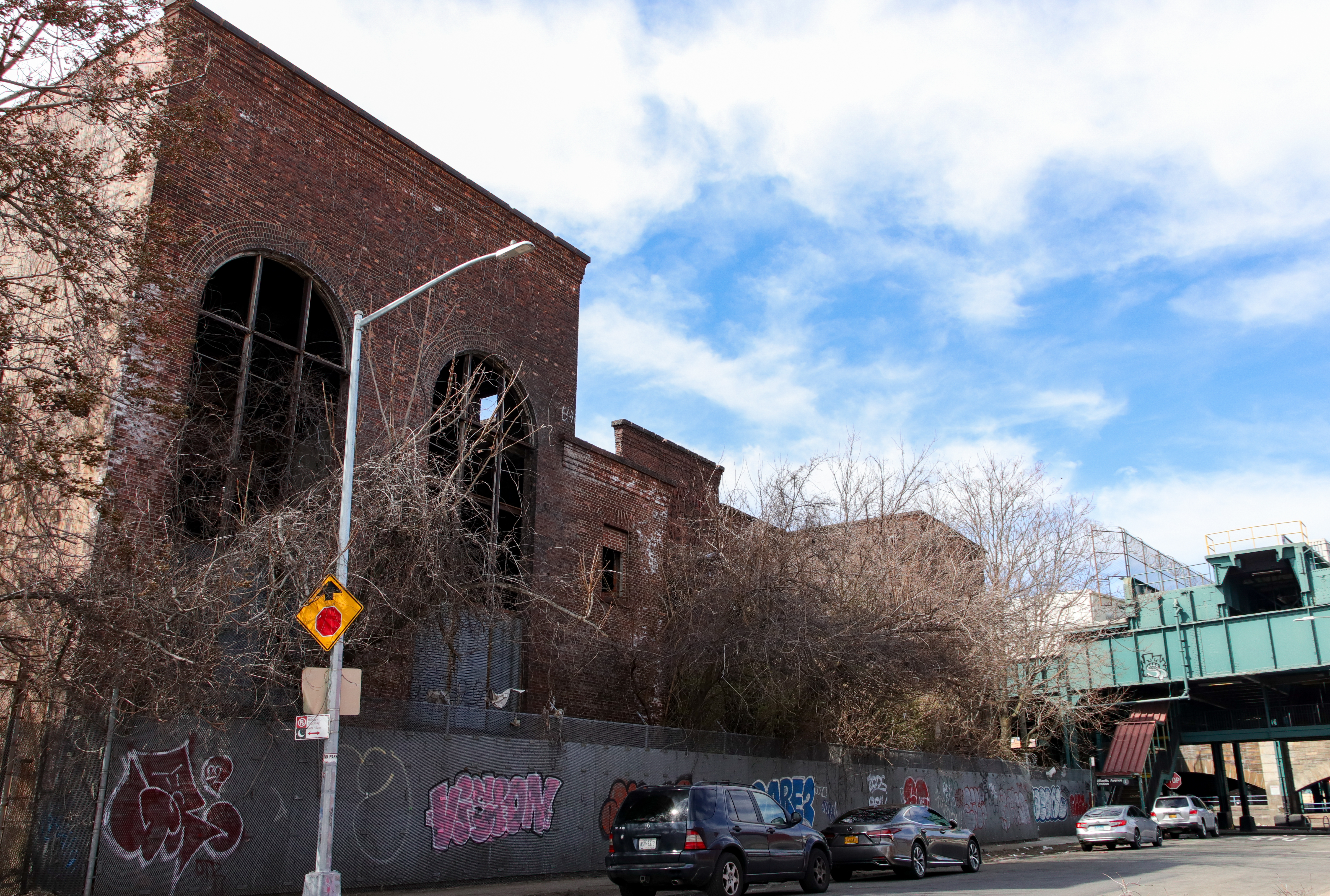
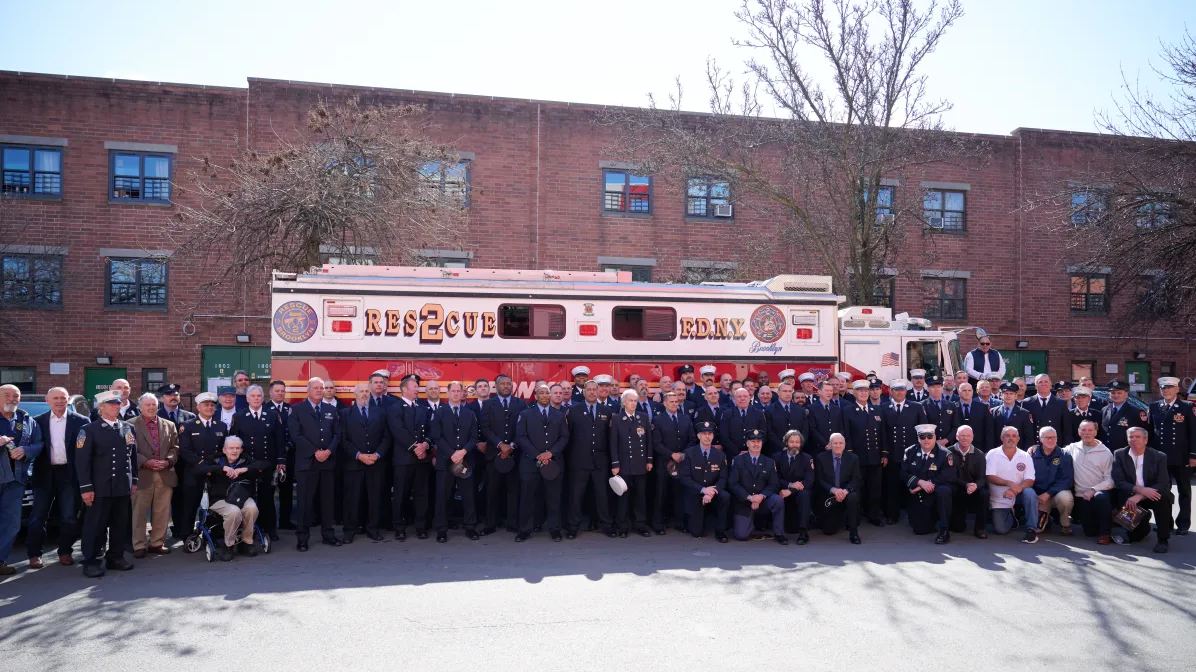
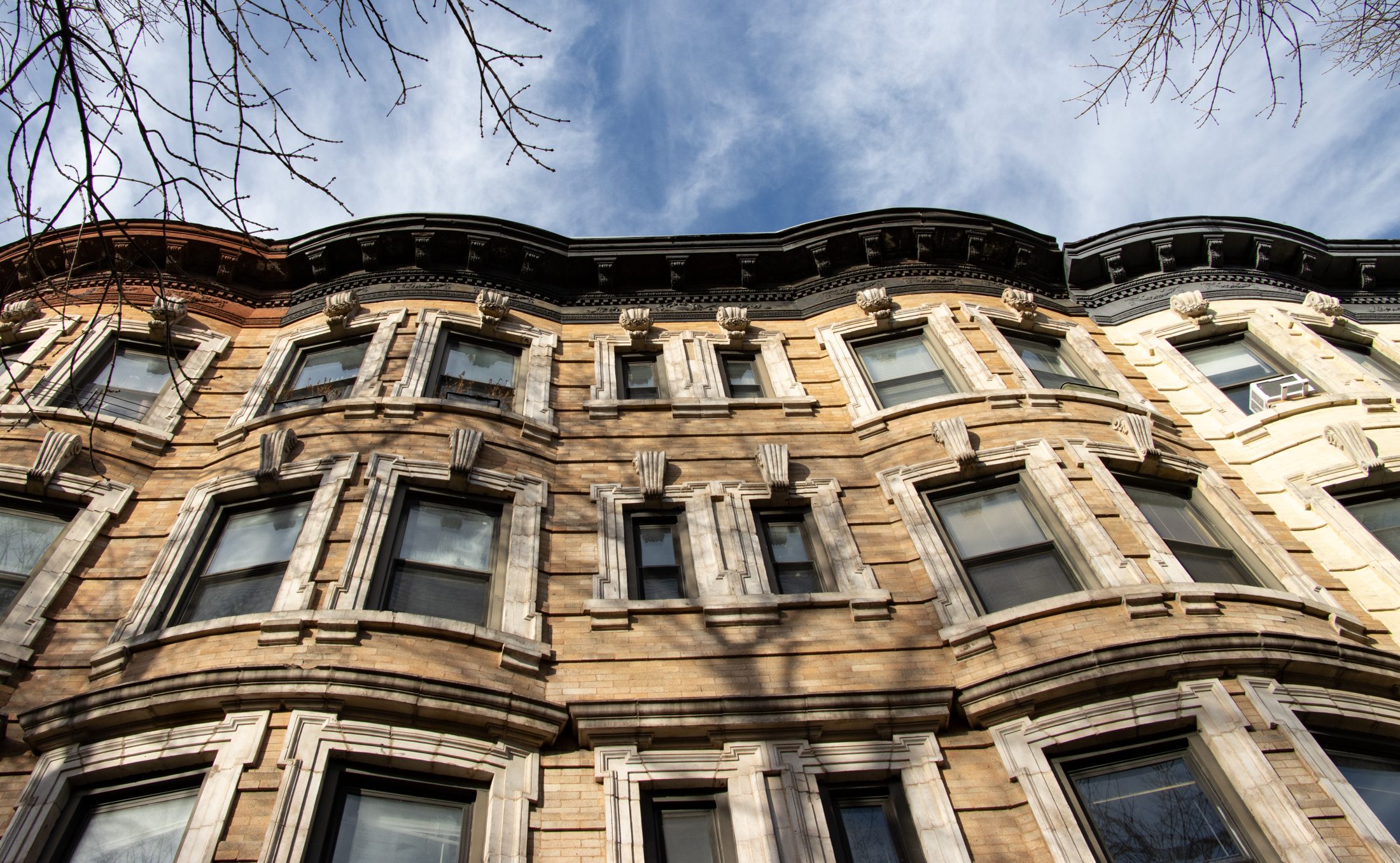




What's Your Take? Leave a Comment